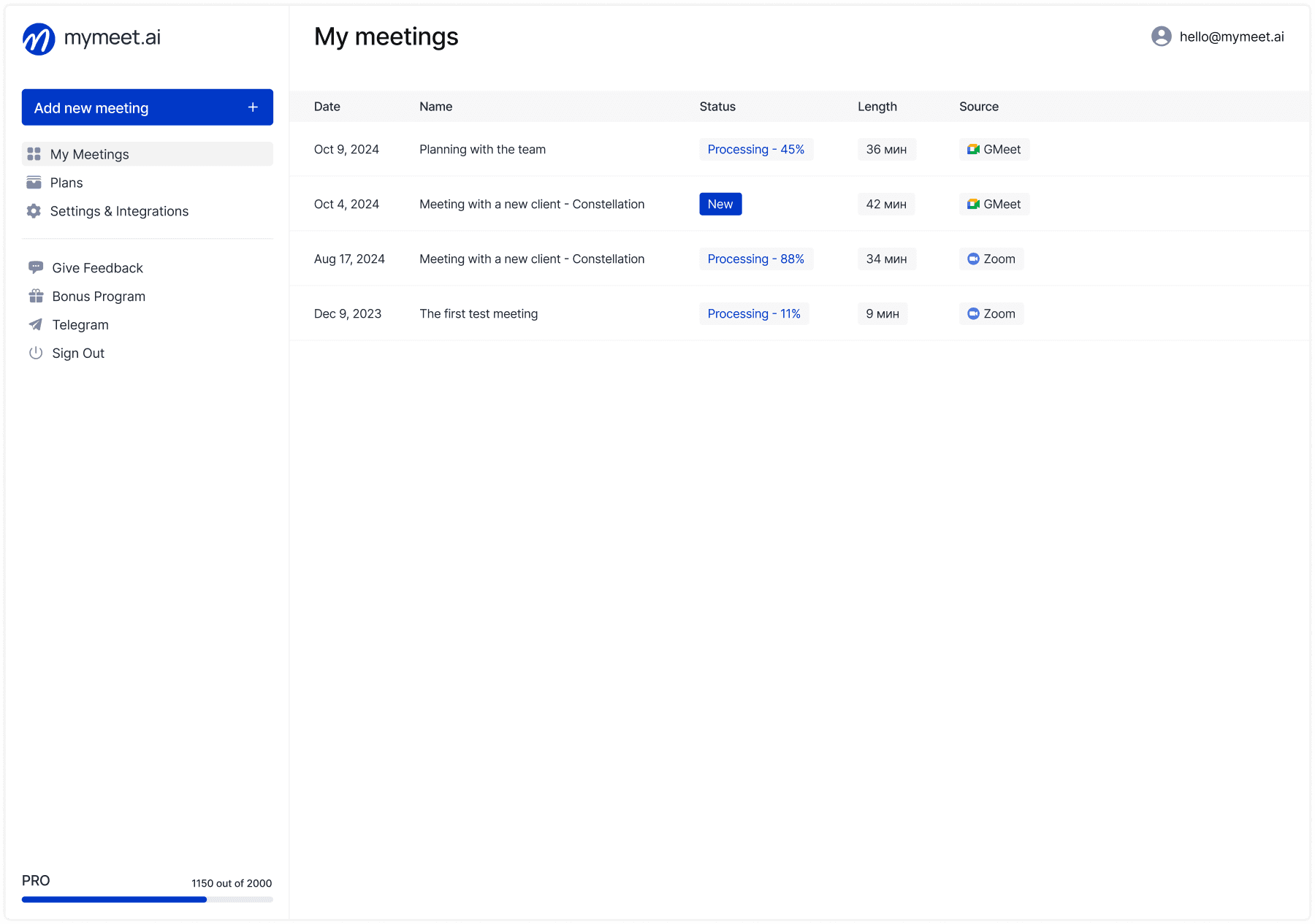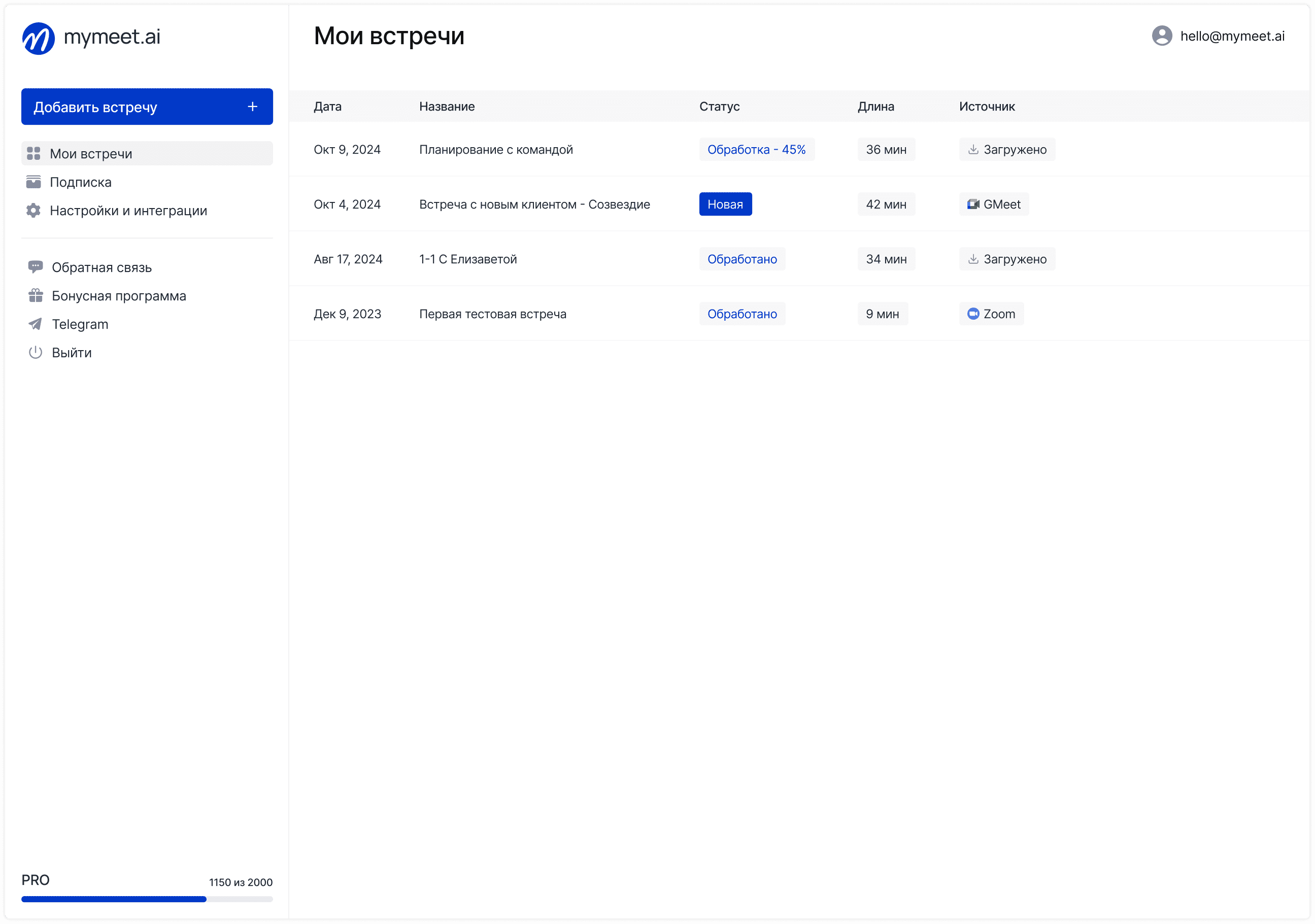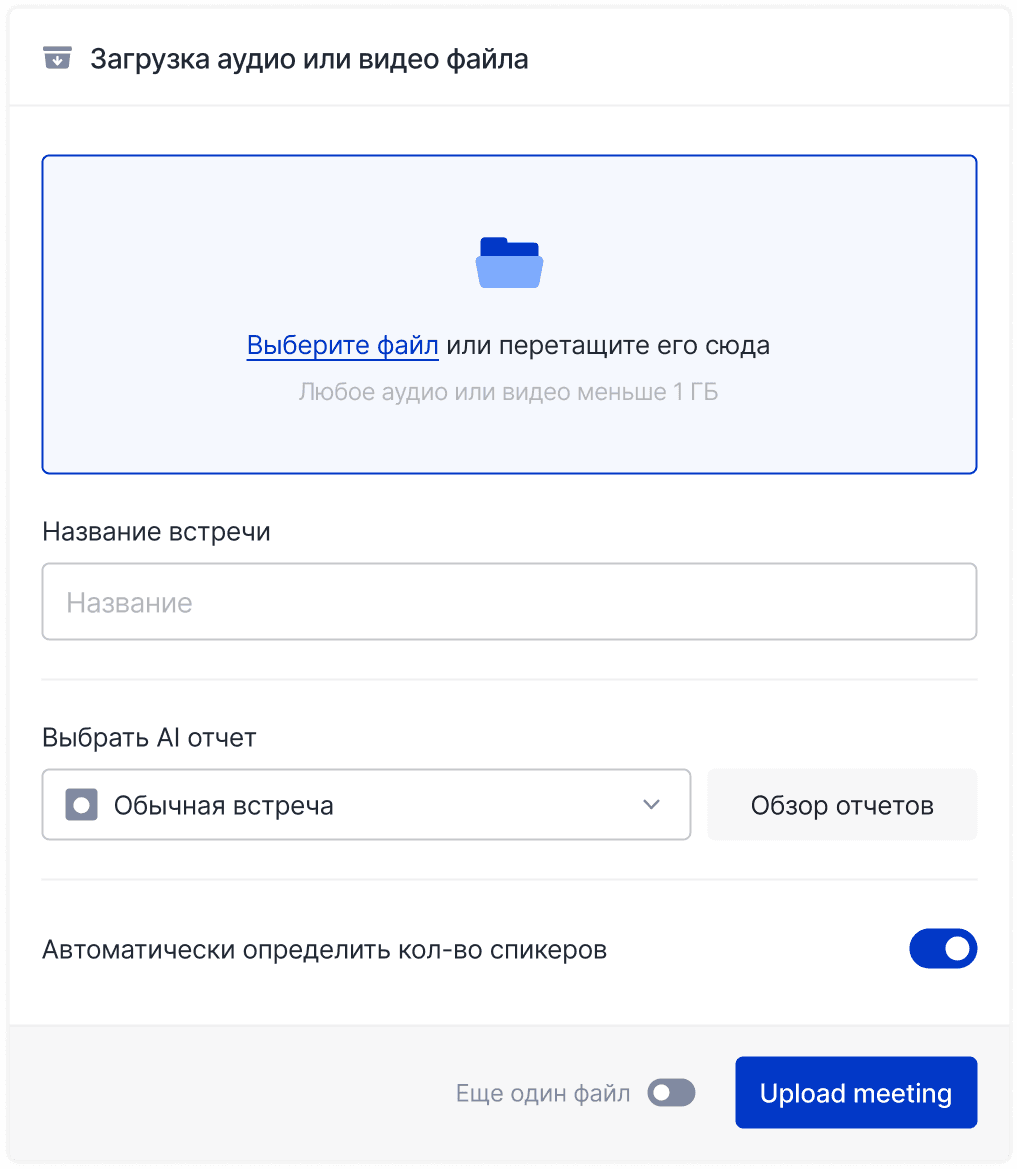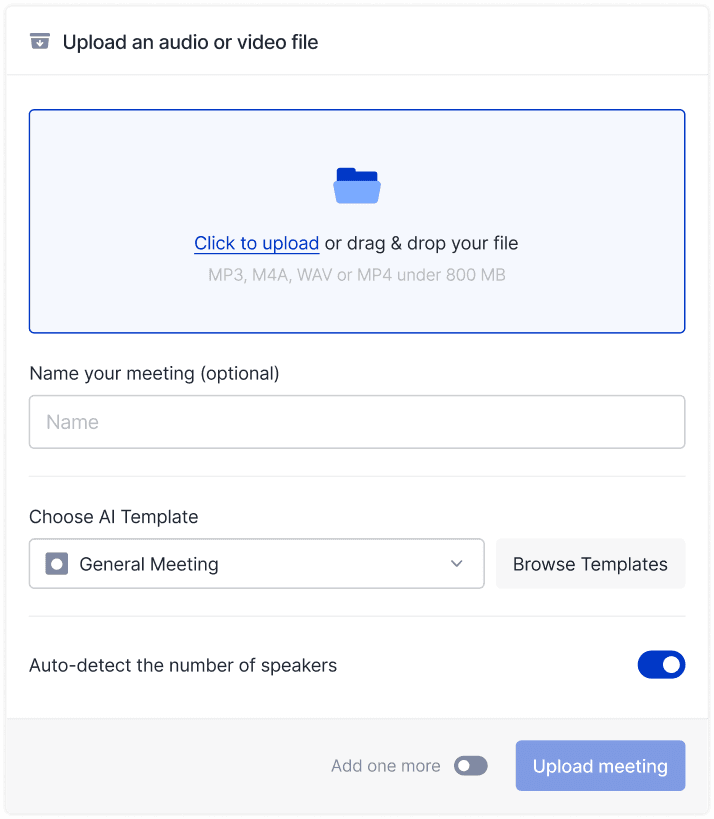Task Management

Andrey Shcherbina
Apr 2, 2025
After 5 years of consulting with students and professionals, I've become convinced: there is no universal method of note-taking. There's only the right method for you and your tasks. A properly chosen note-taking system can radically increase your productivity, improve information retention, and help generate new ideas.
Research shows that we forget up to 40% of new information within the first 24 hours without structured recording. Meanwhile, students who use effective note-taking methods show 23% better results on tests.
In this article, we'll explore the main types of note-taking and help you choose the most suitable system.
Linear Note-Taking Methods

Linear methods represent the most traditional approach to recording information. Their main feature is a sequential structure that corresponds to the natural flow of speech or text.
Traditional Method
This is sequential recording in the form of sentences and paragraphs. It requires no training and allows you to quickly capture large volumes of information. However, its weakness is the difficulty of searching and highlighting key ideas when reviewing.
"I recommend the traditional method only for situations where it's more important to record information than to work with it later," I explain to my clients.
Cornell Method
Developed by Professor Walter Pauk in the 1950s, it involves dividing the page into three zones: a wide column for main notes, a narrow one for key words and questions, and a strip at the bottom for summarizing.
My students note a 30% improvement in material retention after switching to this method. It's especially effective for academic lectures and exam preparation.
Outline Method
Involves structuring information as a hierarchical list. Main ideas are recorded closer to the left edge, and subordinate ones with indents to the right.
"This method is a real lifesaver for materials with a clear structure. In all my years of work, I've never seen a more effective way to take notes from textbooks," I share with my clients.
Visual Note-Taking Methods

Visual methods engage spatial thinking and visual perception. They transform the note-taking process into a creative activity and are especially effective for people with developed visual intelligence.
Mind Mapping
Uses a radial structure with a central idea from which related concepts branch out. The method, developed by Tony Buzan, corresponds to the natural non-linear thinking process.
I use mind mapping to plan all my presentations and have reduced preparation time for structure from 2 hours to 30 minutes.
Sketchnoting
Combines text with visual elements: icons, diagrams, illustrations. Research shows that visualization improves retention by 29% compared to purely text-based notes.
"At conferences, I always use sketchnoting. Even a year later, one glance at a note is enough to recall the entire content of the presentation," I share in my workshops.
Flowchart Method
Presents information in the form of a flowchart with clearly marked connections and sequences. This is the ideal choice for documenting processes, algorithms, and cause-effect relationships.
Structured Note-Taking Methods

These methods are focused on creating systems for long-term storage and knowledge management. They require more time to master but provide significant advantages when working with complex information.
Zettelkasten Method
Developed by German sociologist Niklas Luhmann, it represents a system of connected notes. Each note contains one specific idea and is linked to others through explicit references.
I switched to this method three years ago and wrote two books using a database of 2300+ connected notes. The speed of generating coherent ideas increased approximately threefold.
Bullet Journal
An analog organization system developed by Ryder Carroll, combining planning, task tracking, and note-taking in one place. Uses a simple system of symbols for quick classification of information.
Tag and Category Organization Method
Allows flexible classification of notes without a rigid hierarchical structure. One note can belong to several categories simultaneously, making the system particularly valuable for interdisciplinary research.
Digital Note-Taking Methods

Technological progress has transformed the ways we organize notes. Modern digital tools offer instant search, automatic classification, and creation of complex connections between pieces of information.
Knowledge Bases
Systems like Notion, Obsidian, and Roam Research allow you to create linked note databases with easy search, linking, and information management capabilities.
"Obsidian has become my main work tool, replacing a dozen other applications," I admit to my students. "Built-in support for the Zettelkasten method and the ability to create graph views have radically changed my approach to information management."
Quick Capture Systems
Evernote, Apple Notes, Google Keep are oriented toward quickly saving information in various formats with the possibility of subsequent organization.
Automatic Classification and Recognition
Uses AI for transcription and structuring of notes, which is especially valuable when working with audio and video materials.
mymeet.ai: A Revolution in Meeting Note-Taking

In the corporate world, most valuable information is transmitted during meetings and conferences. This is where specialized AI tools for note-taking automation come to the rescue.

mymeet.ai automatically connects to online meetings, transcribes the discussion, and creates structured notes highlighting:

Key decisions and agreements
Tasks with responsible parties and deadlines
Main topics and issues discussed

"The main advantage is the ability to be fully present at the meeting without being distracted by taking notes," I note when working with executives. My clients report a 40% reduction in subsequent communication time thanks to clear recording of all agreements.
Comparative Table of Note-Taking Methods
Choosing the optimal note-taking method depends on the situation, type of material, and personal preferences. This comparative table will help you quickly assess the strengths of each approach:
Method | Recording Speed | Structuring | Information Search | Best Application |
Traditional | High | Low | Difficult | Linear lectures, quick recording |
Cornell | Medium | High | Good | Study material, exam preparation |
Outline | Medium | High | Good | Hierarchical structures, planning |
Mind mapping | Medium | Very high | Visually intuitive | Creative tasks, complex topic overview |
Sketchnoting | Low | Medium | Visually intuitive | Conferences, visual memorization |
Zettelkasten | Initially low, high as system develops | Maximum | Excellent | Research, writing texts |
Bullet Journal | High | Medium | Good within time period | Everyday planning and notes |
Digital knowledge bases | Medium | High | Instant through search | Long-term projects, knowledge base |
mymeet.ai | Automatic | High | Intelligent | Business meetings and negotiations |
How to Choose the Right Type of Note-Taking
Choosing the optimal note-taking method is an individual process that should take into account your characteristics and specific work requirements.
Based on experience with hundreds of clients, I've developed a selection algorithm:
Define the purpose of the notes: quick recording, deep understanding, test preparation, idea generation?
Consider the type of information: linear material is better recorded with linear methods, interconnected concepts with visual ones.
Assess your cognitive style: visual learners will benefit more from mind mapping, auditory learners from methods with verbalization.
Think about subsequent use: if notes are only needed for recording, a simple method will do; if you plan to regularly return to them, you need a structured approach.
Don't be afraid to experiment: classic methods can and should be adapted to your needs.
"My personal approach is a hybrid system," I share in my workshops. "Quick capture of ideas in Evernote, structuring in Obsidian using the Zettelkasten method, meeting automation through mymeet.ai, and mind mapping for projects. Each tool for its own task."
Practical Recommendations for Implementing Methods
Transitioning to a new note-taking system is a process that requires time and patience. Most people make the mistake of trying to implement a complex system immediately and completely.
"Start with one method that seems most suitable for your current tasks," I advise clients. "Give yourself at least 30 days to master it—this is the necessary minimum to form a habit."
Measure effectiveness not by the beauty of your notes, but by their practical usefulness: how easily you find the information you need, how often you return to them, whether they help generate new ideas.
Implement digital tools gradually. The most common mistake is trying to master a complex system like Zettelkasten along with new software right away.
Conclusion
Effective note-taking is a skill that scales your intellectual productivity. The time investment in mastering a suitable method pays off many times over in the long run.
"The best note-taking system is the one that works specifically for you," I tell my students. Analyze your tasks and cognitive style, choose an appropriate method, and give yourself time to master it.
And remember: many outstanding thinkers created their unique note-taking systems by combining elements from various approaches. Perhaps your ideal system is just waiting for you to invent it.
FAQ
What is the fastest note-taking method?
For quick information recording, the traditional linear method and Bullet Journal are the most efficient. If speed is critical, consider digital quick capture systems like Evernote or automated solutions like mymeet.ai for meetings.
How to choose between paper and digital note-taking methods?
Paper methods have advantages in memorization and creativity due to motor memory, but lose out in search and organization. Digital systems are superior for large volumes of information. Many experts recommend a hybrid approach.
Can different types of note-taking be combined?
Absolutely. Most experienced practitioners use hybrid systems: for example, sketchnoting for conferences, the Cornell method for learning, and Zettelkasten for research work.
How long does it take to master a new note-taking method?
Basic mastery requires about 21 days of regular practice. For full integration into the workflow—60 to 90 days. Complex systems like Zettelkasten require up to 6 months to reveal their full potential.
Which method is best suited for students?
The Cornell method is most effective for the educational process, as it allows structuring information for memorization and provides effective exam preparation. Mind mapping works great for complex interrelated concepts.
How to use note-taking types for creative projects?
For creative tasks, visual methods (mind mapping, sketchnoting) and the Zettelkasten method are most effective, as the latter promotes generating new connections between ideas.
Which note-taking methods work best with artificial intelligence programs?
Structured methods with clear organization (Zettelkasten, tag organization) integrate best with AI tools. Services like mymeet.ai are specifically designed to automate the note-taking process using AI.
Should I change my note-taking system for different tasks?
Yes, flexibility in method selection is a sign of a mature approach to note-taking. Different types of information and situations require different methods. Experienced practitioners have an "arsenal" of 3-5 techniques for different tasks.
How to organize search in analog note-taking systems?
For paper notes, indexes (as in Bullet Journal), color-coding of pages, and cross-reference systems work well. Some practitioners create a master index for all their notebooks.
How to transfer existing notes to a new note-taking system?
Don't try to transfer everything at once. Start with current projects and gradually add old notes as needed. Many experts recommend transferring with rethinking and restructuring, not just copying.
Andrey Shcherbina
Apr 2, 2025








